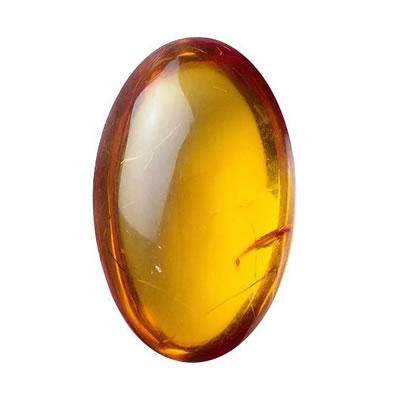Pearl

pearl family
Pearl jewelry
Etymology and history
The English word pearl originated (via French perle) from the Latin word perla. It is used to translate the Hebrew word גוו בייש of the Old Testament, mar-gar-ee-tare, which means pearl in Greek (the English name Margaret originated from the Greek word for pearl). Pearls have been prized for their beauty and rarity for more than four thousand years. From ancient China, India, and Egypt, to Imperial Rome, to the Arab world, to Native American tribes, cultures from around the world and throughout recorded history have valued pearls longer than any other gem.
Pearls description
Pearls are the only gemstones grown inside of a living organism. Pearls are formed within oysters or mollusks when a foreign substance (most often a parasite - not a grain of sand) invades the shell of the mollusk and enters the soft mantle tissue. In response to the irritation, the mantle's epithelial cells form a sac (known as a pearl sac) which secretes a crystalline substance called nacre, the same substance which makes up the interior of a mollusk's shell, which builds up in layers around the irritant, forming a pearl.
Pearls in jewelry
The value of the pearls in jewelry is determined by a combination of the luster, color, size, lack of surface flaw and symmetry that are appropriate for the type of pearl under consideration. Among those attributes, luster is the most important differentiator of pearl quality according to jewelers. All factors being equal, however, the larger the pearl the more valuable it is. Large, perfectly round pearls are rare and highly valued. Teardrop-shaped pearls are often used in pendants.
Occurrence
Natural pearls have been harvested from the Persian Gulf, the Gulf of Manaar (Indian Ocean), and the Red Sea for thousands of years. The coasts of Polynesia and Australia produce mainly cultured pearls. Both freshwater and saltwater pearls are cultivated in Japan and China. Freshwater pearls occur in the rivers of Scotland, Ireland, France, Austria, Germany, and the USA (Mississippi)
Talk to Our Jewelry Experts
Monday to Friday from 9AM to 5PM EST













